

User flow diagrams are indispensable in mastering user experience. They allow you to understand how users interact with your app or website, and the steps they take to complete a task or achieve a goal on your website. This will help you create a superior user experience for the user and meet their needs more efficiently.
In this guide, we’ll take a look at the important role user flow diagrams play in UX design, how to make a user flow diagram, and the best practices you should keep in mind. We’ve also got you covered with some handy templates that you can use throughout the process of designing your user flow.
A user flow can be interpreted in many ways. It can be regarded as an overview that describes where users can navigate in your product. It can also mean the actual quality and experience of the path users take to accomplish a task.
Or it can mean the actual sequence of steps the user takes to complete a task. Flowcharts can be useful in visualizing these routes users take when they are using your solution (i.e. website or app).
Such tools that help with visually tracing the steps of interaction between user actions and program interfaces are called user flow diagrams or user flow maps.
They help work out the logical path a user should take when interacting with the system, and they depict the relationships between the functionality of the system, potential user actions, and the associated consequences.
User flow diagrams can have different looks based on the stage of the design process you are in. If you have the wireframes for your app or website already made, you can use them to create your flowchart. Such wireframe flowcharts are called Wireflows.
User flow diagrams are also referred to as interaction flow, activity flow, user interface flow, navigation flow, or task flow diagrams.

User Flow Diagram Symbols
Refer to this resource to understand more flowchart symbols that might be useful when creating user flows diagrams.
Without further ado, let’s discuss how to make a user flow diagram.
A user flow is based on what the user does – therefore understanding who they are, their motivations, needs, and behavior is crucial to making an effective user flow diagram.
It may seem like an additional step, but conducting proper user research and designing user personas will help you create smoother user flows.
We have already covered how to create user personas in an earlier post, refer to it to learn how to create a buyer persona in a few simple steps. Or if you are already familiar with the process, here’s a template to begin with.
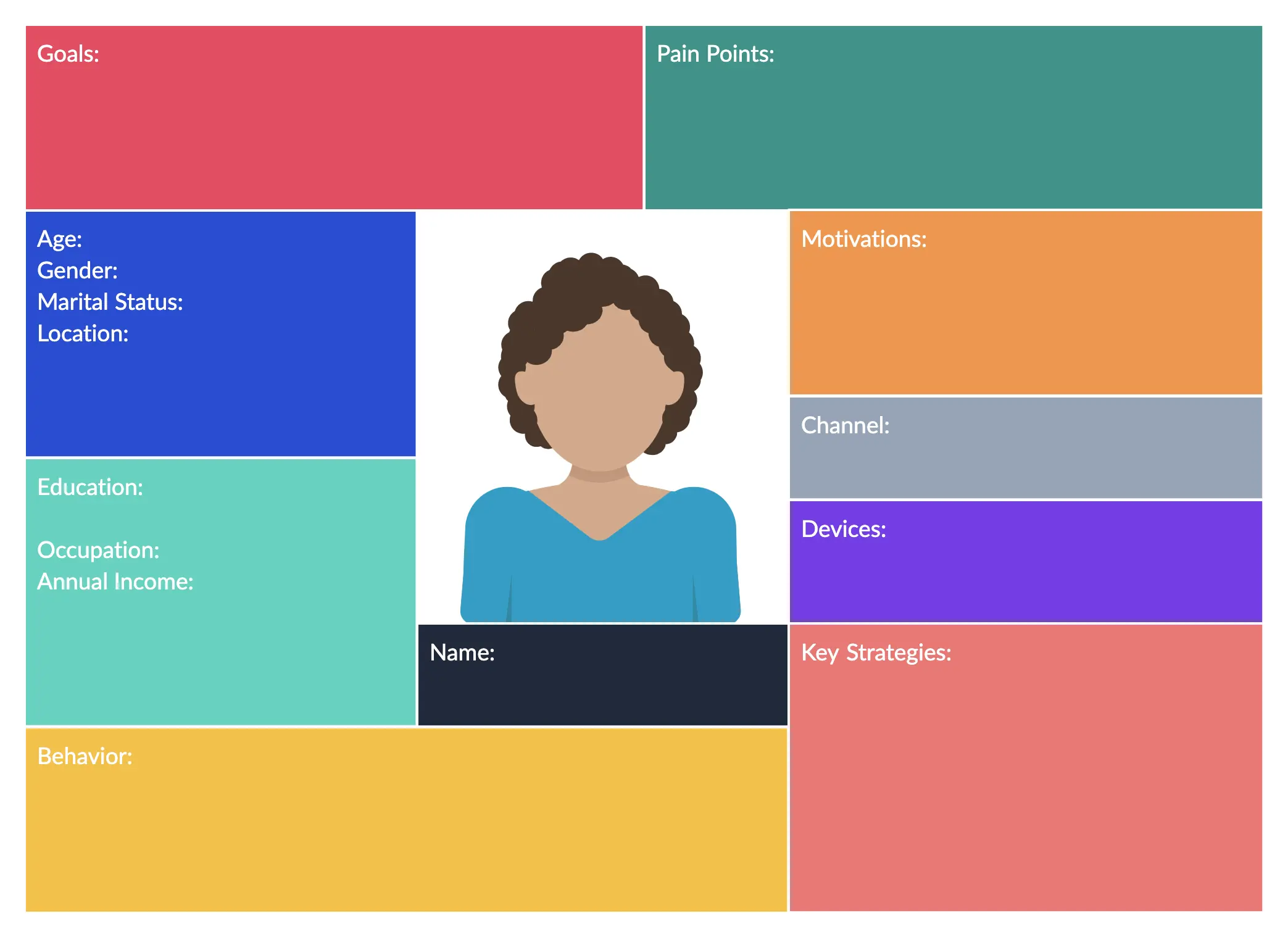
Once you have created the customer profile, you are a step closer to understanding your user journey.
You can use a customer journey map here to properly analyze what your customers do, feel, and expect when they are interacting with your business (i.e. visiting your website), the various touchpoints, and pain points.
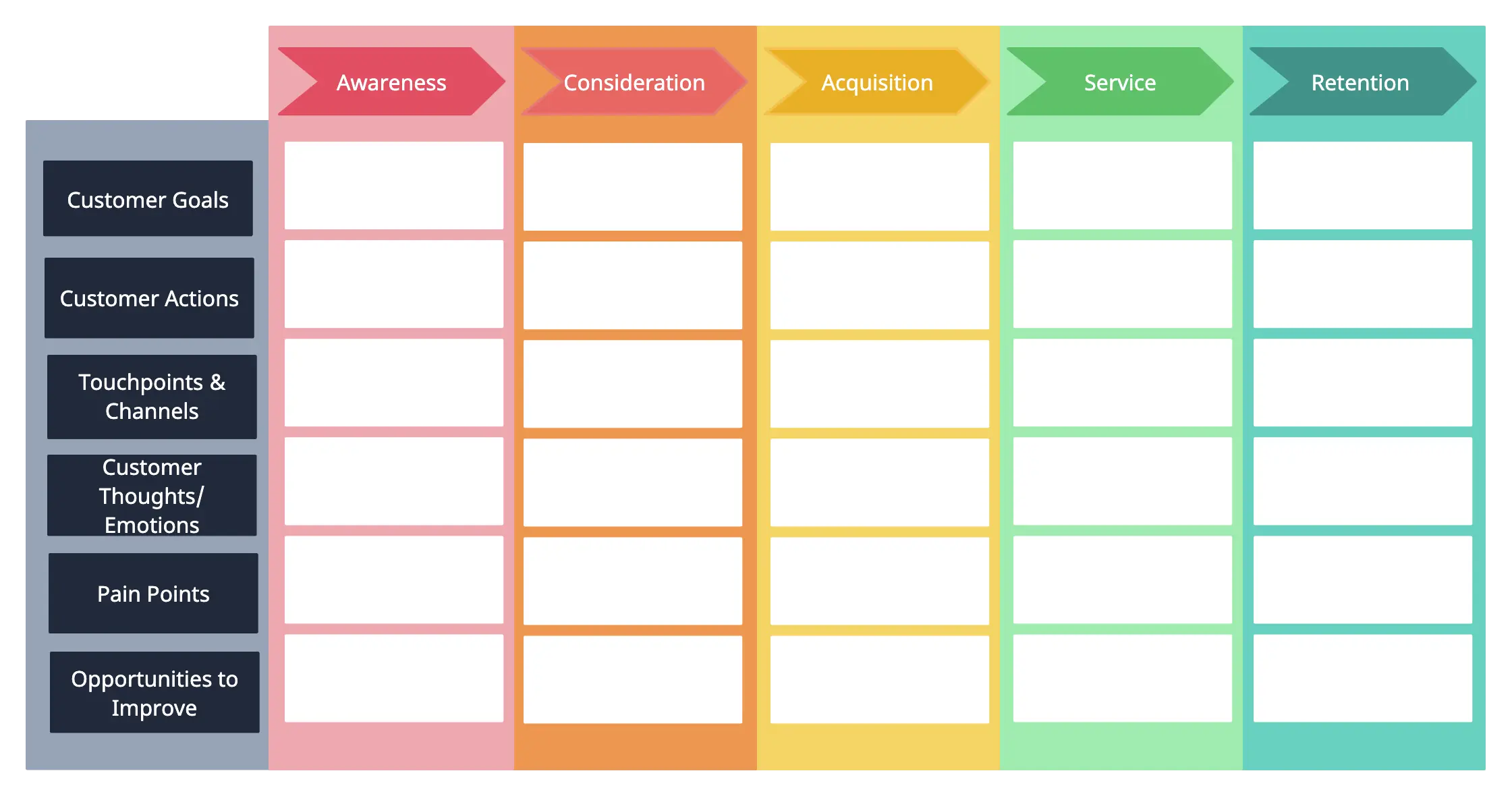
We’ve also covered the process of creating a customer journey map in 6 simple steps. Do check it out.
The rest of the steps of creating a user flow will be easier once you know your user’s journey.
The next step is to get an idea about the objectives of your business as well as that of your users.
You may already be aware of your business’s goals; e.g. to increase conversion on your website, to boost the sale of your product, etc. It’s usually the final outcome of the actions you want your users to take.
On the other hand, your users’ objectives include the desires and needs they want to satisfy. And different users also may have varied goals in mind. This is where the user personas and the customer journey maps you created earlier will help you out in figuring out what they are.
If you are designing a website, you may want to know where your customers are coming from or in other words what the entry points are. These usually include,
You can use Google Analytics to get the percentages for these entry points. They may also indicate different user behaviors.
For example, a direct visitor would search your brand name, while an organic search visitor would first Google the product they want before discovering you as a suitable seller.
And it is important to map out these different user flows based on the different entry points. It’s key to developing a better experience for the users.
In order to design the best possible user flow, you need to get into the shoes of your customers.
This means understanding what their needs and motivations are by heart. So you need to know what problems they have, their doubts, and hesitations, what questions they have about the product, and what answers they seek.
Since you have already created your buyer personas and the journey map , this step is easier to complete.
By now you are aware of the users you are creating the user flow for, what their objectives are, and where they are coming from. The next step is to create the user flow.
Think of what your users do before and after they visit a particular page on your website. What do they see, and what action do they take to reach their goal? This will help you identify the pages you need to create, what information/ content you need to provide, and how they should be connected to each other.
Pay attention to the start and end of each task. This may change based on the goal of different users.
Once you have filtered out the necessary information, visualize it with a user flow diagram.
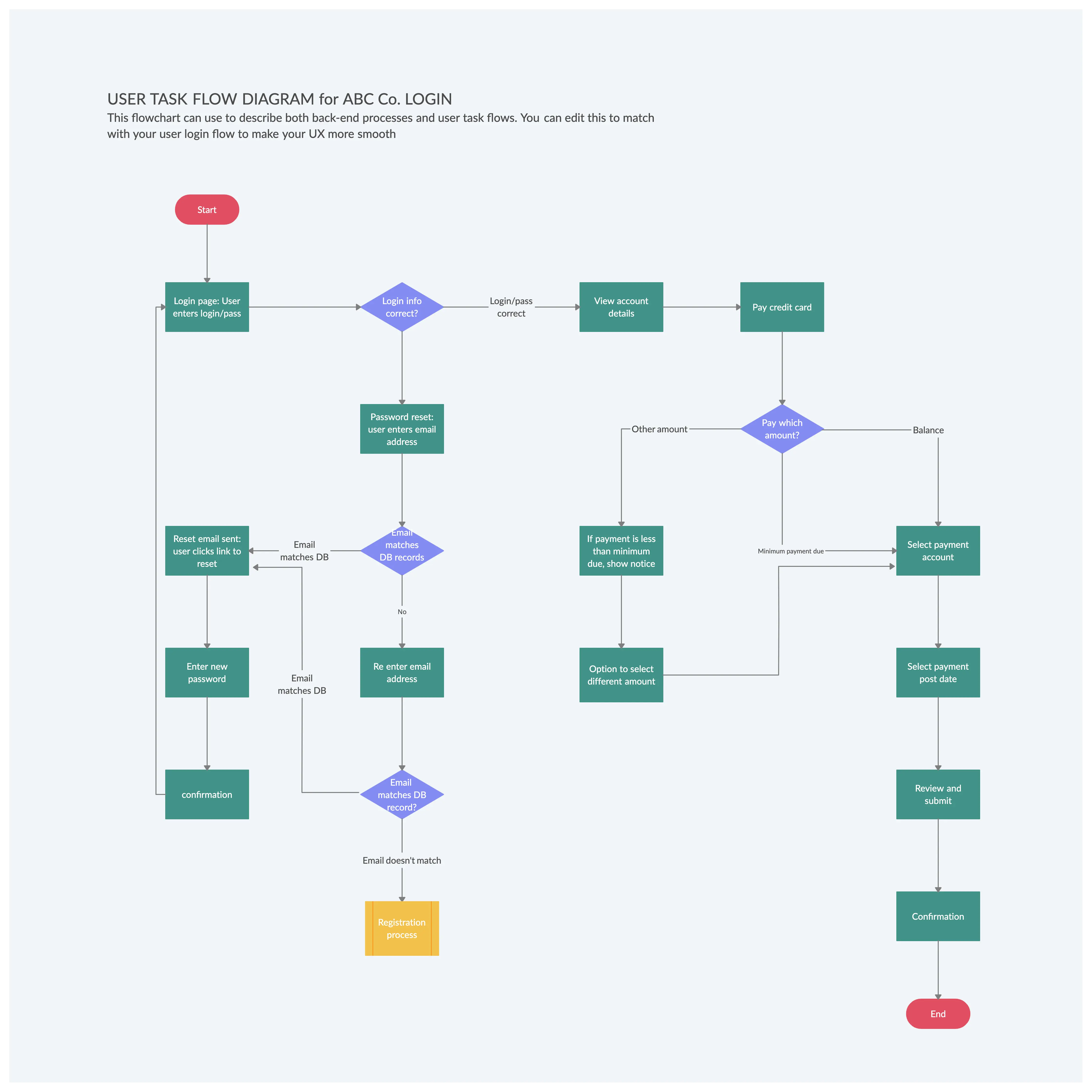
You can use low-fidelity prototypes wireframes or UI mockups to test out the user flow outlined in the previous step. The prototype helps add more detail to the flow and helps you understand the flow between user actions and content.
It will also help you validate that your product is designed according to your and your users’ objectives.
You can share your user flow diagrams with stakeholders and discuss where adjustments need to be made.
And once a high-fidelity prototype is ready, you can also test it out with actual users.
This way you can collect data on each step of the user flow and understand how your users navigate through your product. You can then identify areas for improvement and apply solutions before the release of the final product.
Better understand customer journey paths and create superior user experiences with Creately.
Stick to the best practices below to make sure that the user flow diagrams you create are actually effective in helping you out.
Create effective user flow diagrams by avoiding the following common mistakes.
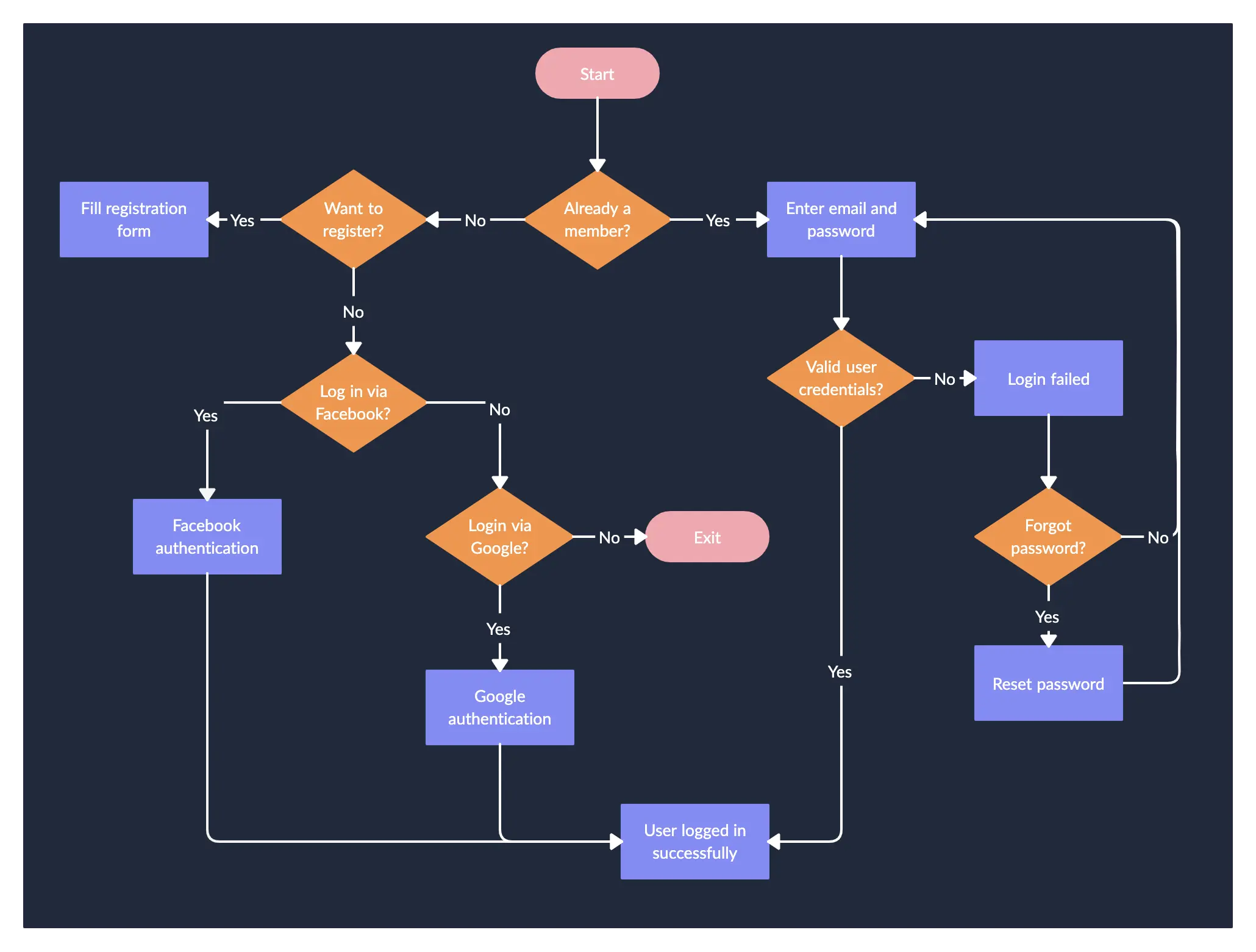
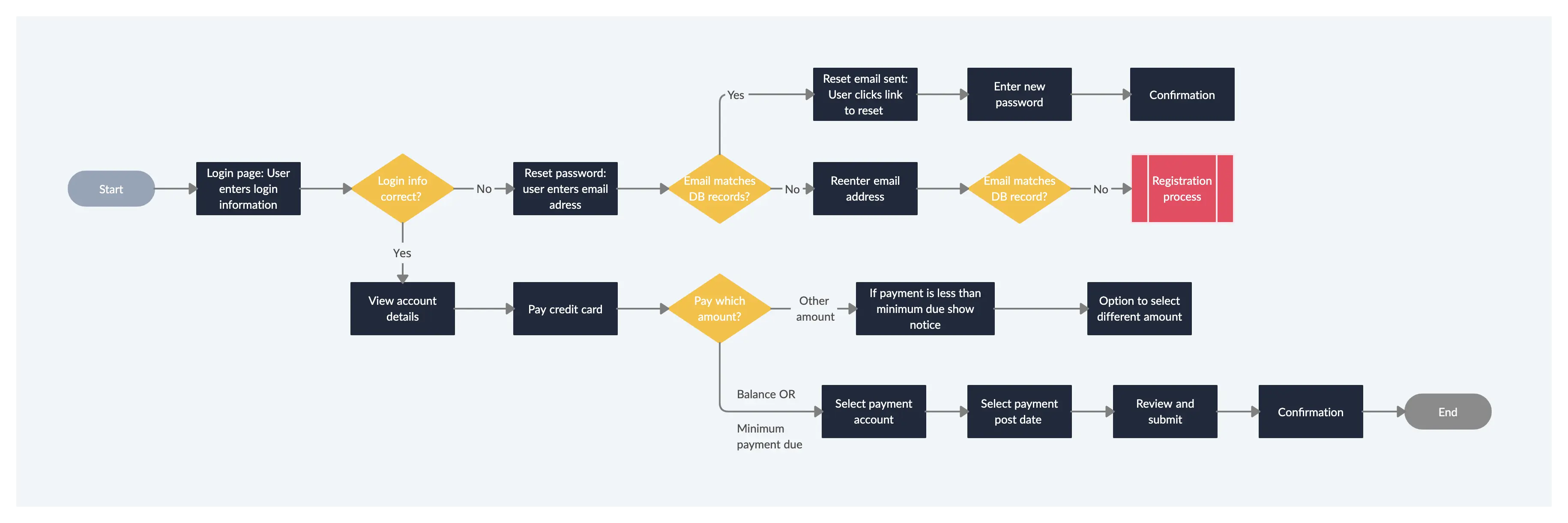
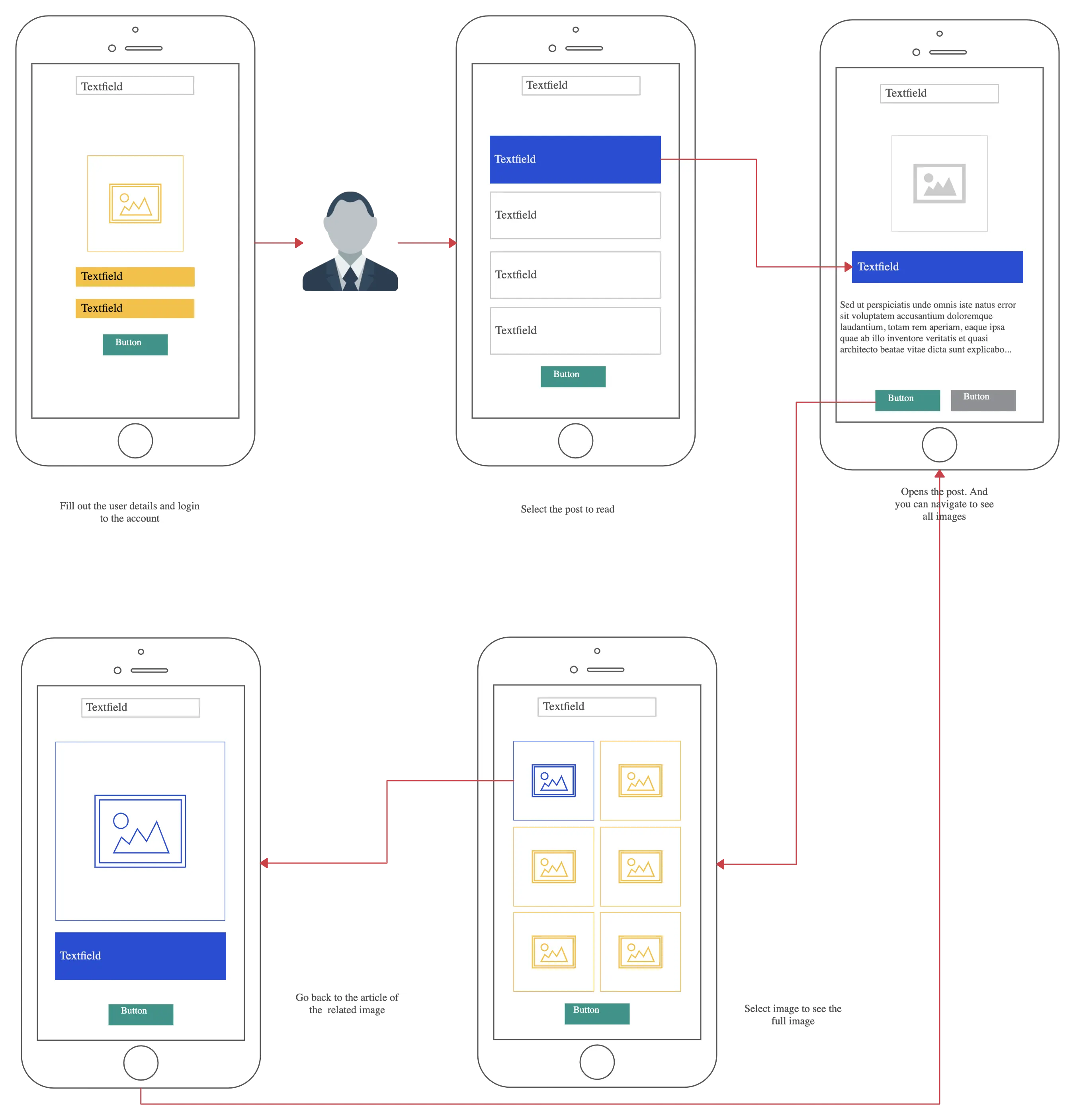
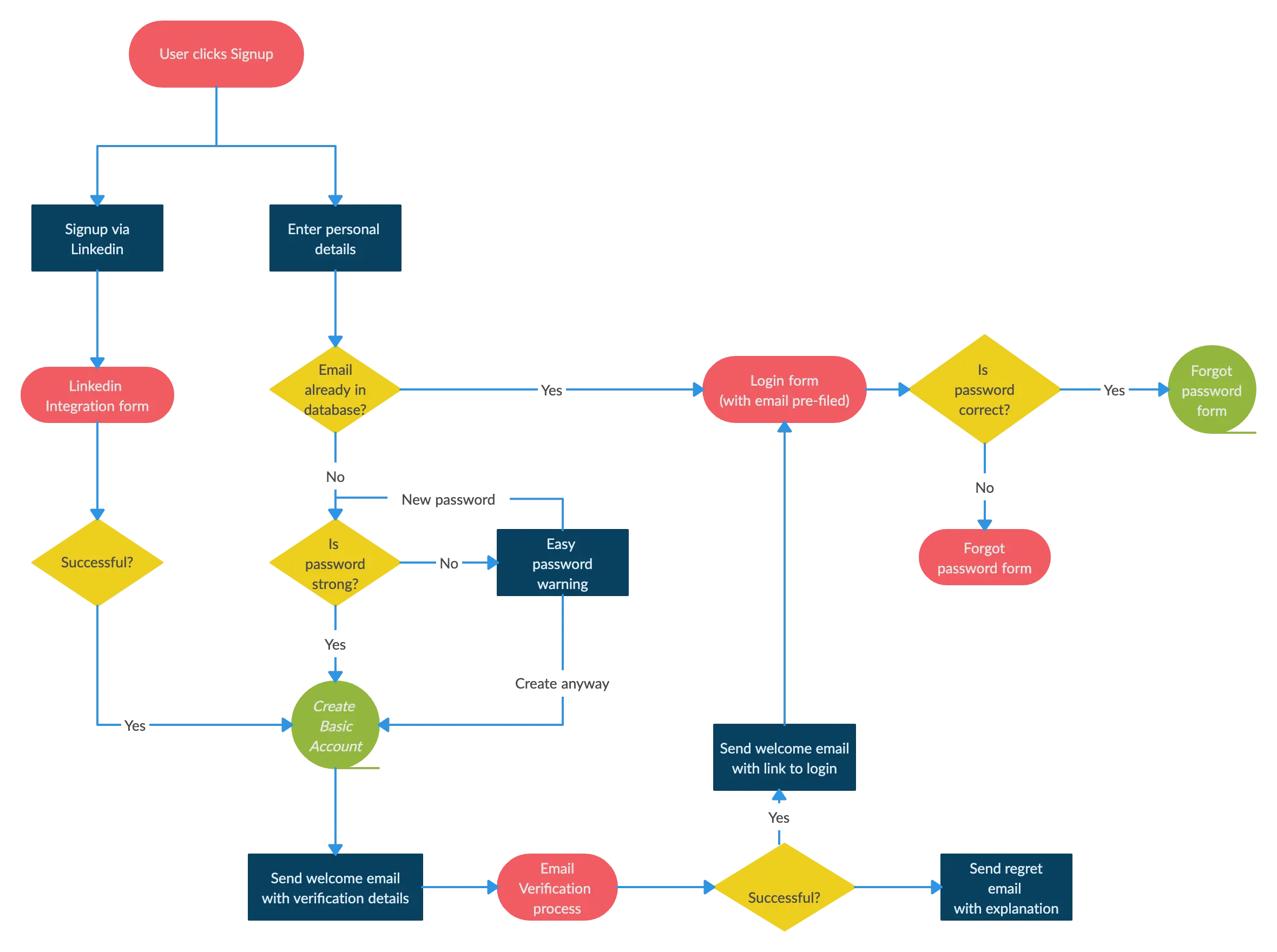
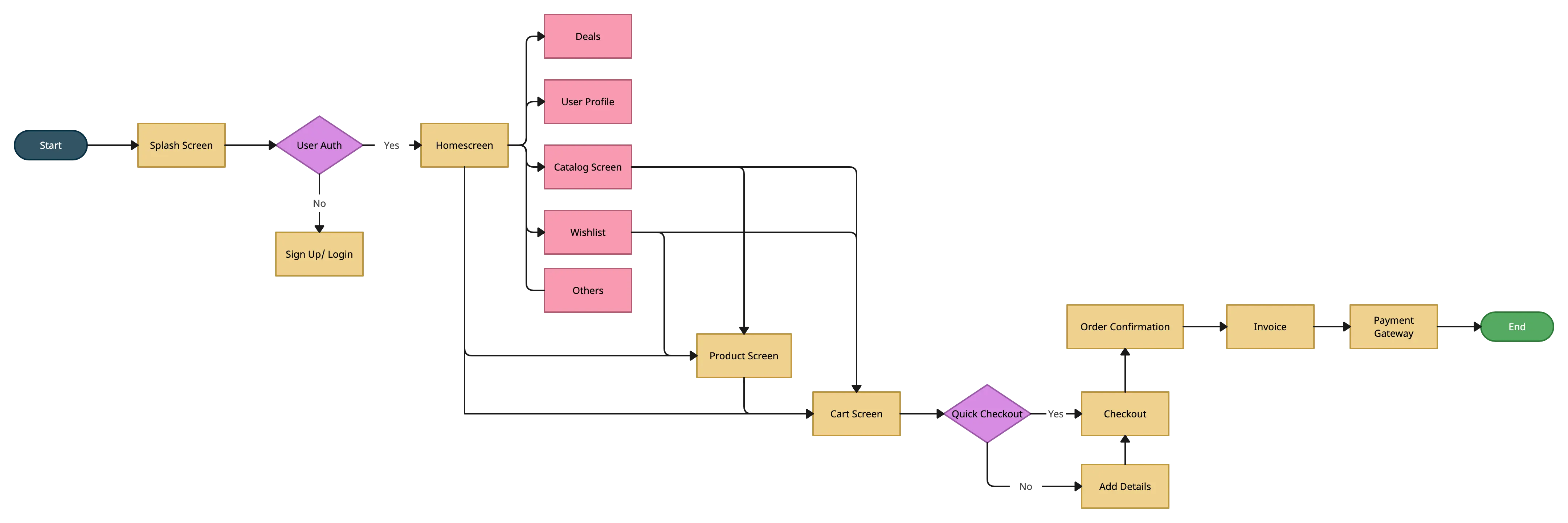
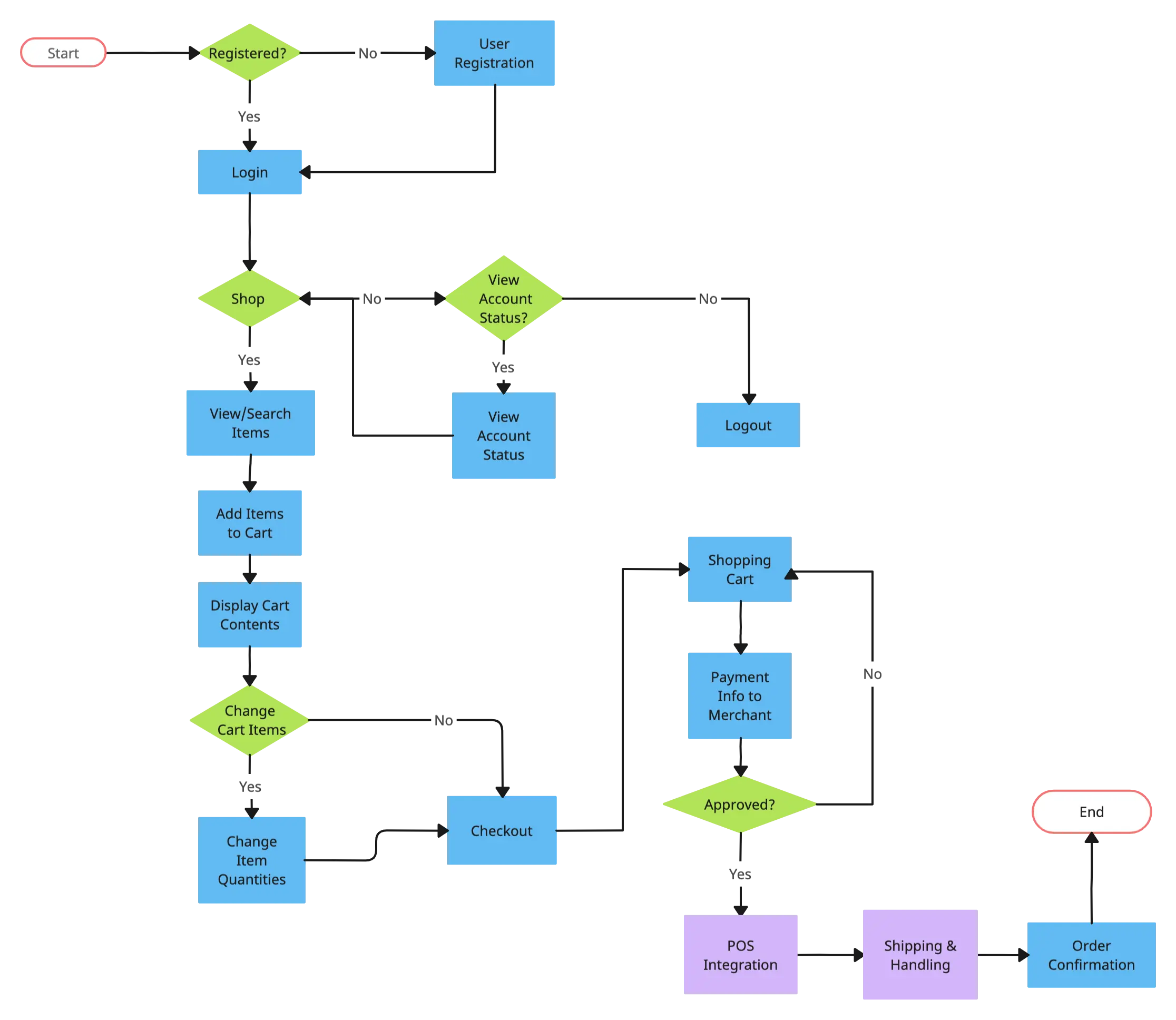
User flows are a powerful tool in a designer’s toolkit. They make it easier for designers to see the big picture – what pages they need to create and how they should be connected. We’ve pretty much-covered everything you need to know to make a user flow diagram – including templates you can use to start right away.
Now we would like to know your opinion on user flow diagrams. Type away in the comments section below.
Join over thousands of organizations that use Creately to brainstorm, plan, analyze, and execute their projects successfully.
In UX design, user flow diagrams are created during the design planning phase after the user research has been completed. It plays an important role in laying the foundation for the product being designed. After the data has been gathered from user testing, the user flow diagrams are used to identify how many screens are needed and what order they should appear in and which elements should be presented on each. They also help with enhancing the user experience of the product and identify and clear up issues users may encounter while interacting with the product.
There are different types of user flow diagrams based on how you choose to visualize the user journey.
While both the user flows and user journeys map out the way users interact with the product, they have different functions. While the user flows focus more on the technical steps from a specific entry point, user journeys take into consideration the user’s motivations and feelings during each touchpoint.
Typically a user flow diagram should represent the following elements.